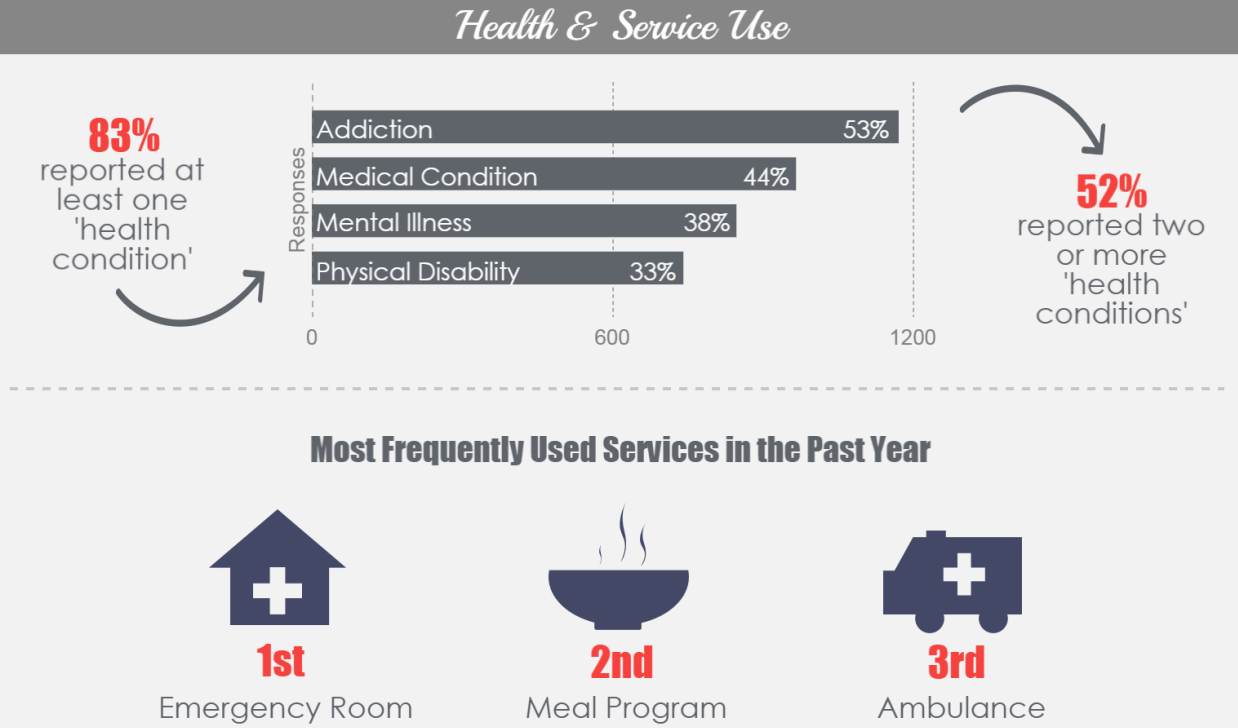“A Better Period Experience!”
This is what The DivaCup promises their buyers.
Before we dive deeper into my thoughts about The DivaCup, let me give you a brief overview of what this product is. According to The DivaCup website, this product is “a sustainable, easy-to-use, cost effective and eco-friendly menstrual cup”. Instead of using tampons or pads, you simply insert this menstrual cup into the vaginal opening. Then, you can just continue on with your daily activities without needing to worry about leakage or having to change your period product. This cup is made of silicone, and must be emptied, washed and reinserted at least twice a day. Rinse, reinsert, and repeat for your period cycle!

To my fellow female classmates, let’s have a chat about our “time of the month”. Do you love it? Hate it? Dread it? Embrace it? However you feel about it, I’m sure we all feel the same way about 1 thing – these feminine hygiene products are way too pricey to sustain!
An article by Chatelaine explores how much Canadian women spend on tampons and pads each year. According to their survey, a Canadian woman spends an average of $65.82 (before tax) per year on period products. Though these feminine hygiene products have been GST-free since July 1, 2015, it is clear that this price is still causing a dent in our wallets.
And in comes The DivaCup. Taking into consideration the sustainability aspect of this product as well as the price concerns of other feminine hygiene goods, I find The DivaCup to be a wonderful alternative.
Sustainability Aspect
The environmental impact of tampons and pads is much higher than the one of The DivaCup’s silicon menstrual cup. Disposable menstrual products require hundreds of years to biodegrade, especially if they have plastic packaging.
Pricing Aspect
This product is sold at Walmart for $37.97 – almost half the price of how much an average Canadian woman spends annually on period products. The DivaCup website mentions that a general guideline to follow is to replace the product once a year. However, depending on the consumer, it could last even longer.
If you were to ask me, this product is definitely worth a try (or at least worth you to do a quick Google search and learn more about)!

